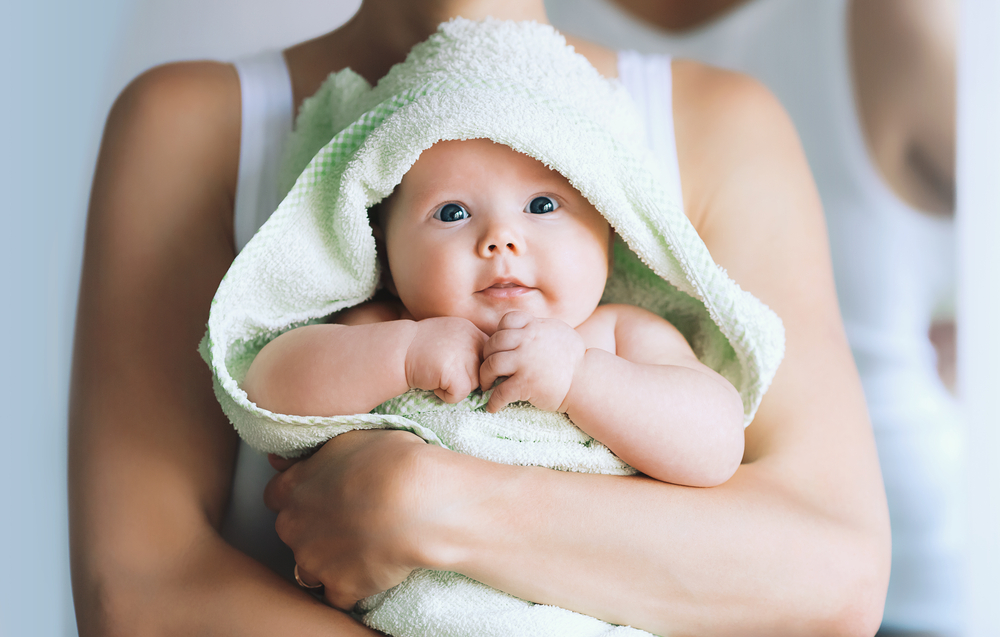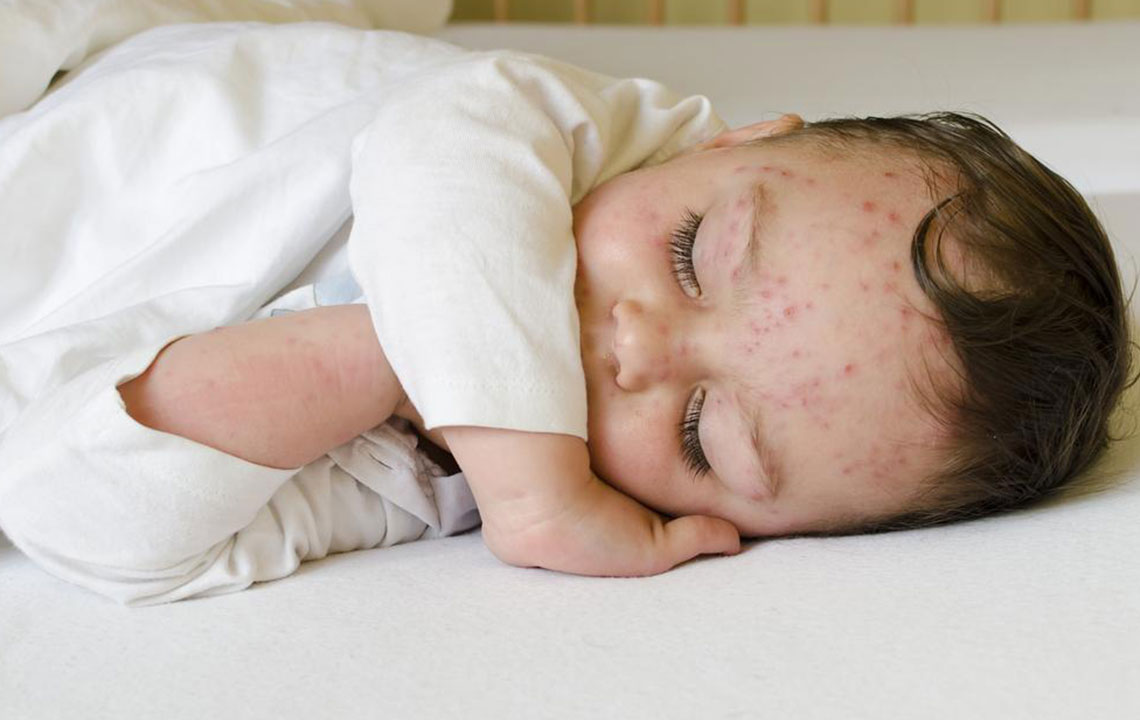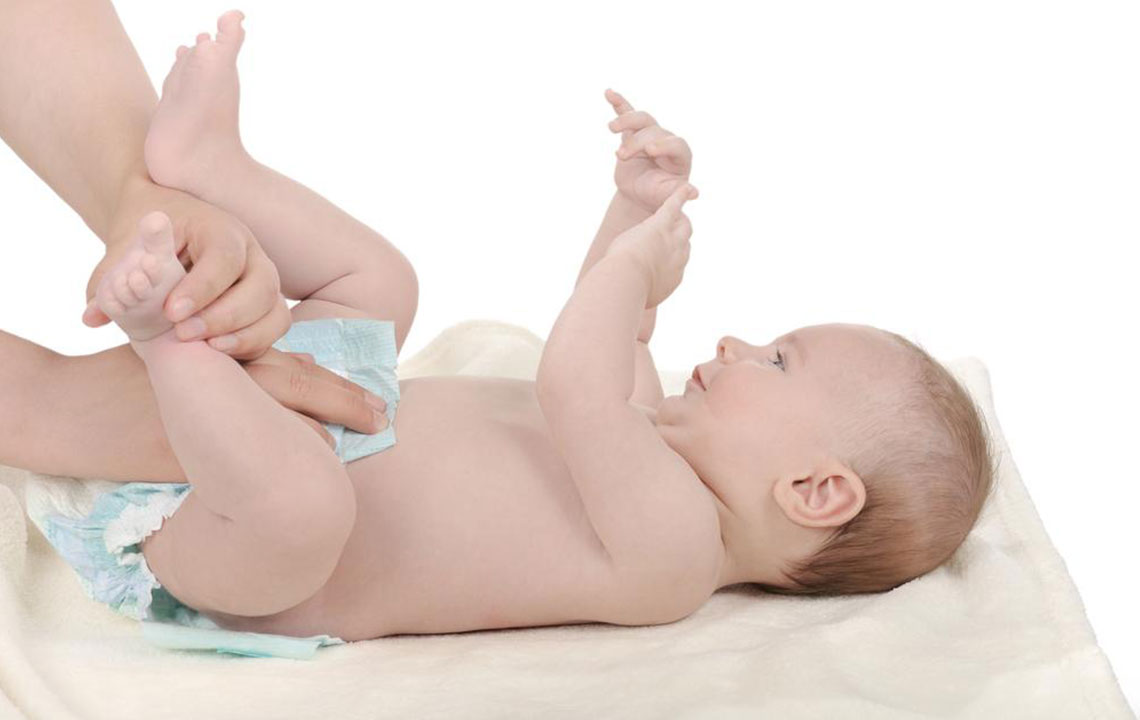Comprehensive Guide to Preventing Common Skin Conditions in Infants
This comprehensive article offers essential tips for parents to prevent and manage common skin conditions in infants. It covers issues like newborn acne, diaper rash, cradle cap, and heat rash, providing practical advice on skincare routines, prevention, and when to consult a pediatrician. With detailed insights and gentle care tips, parents can ensure their baby's skin remains healthy, soft, and irritation-free during these vulnerable months.

Comprehensive Guide to Preventing Common Skin Conditions in Infants
Welcoming a new baby brings immense joy, but it also comes with concerns about your infant’s health and well-being. Among these concerns, understanding and managing skin conditions is crucial for ensuring your little one remains comfortable and healthy. Many newborns experience minor skin issues that are part of normal development, and with proper care, these can be managed effectively. This comprehensive guide explores the most common skin conditions in infants, offers practical prevention tips, and provides guidance on when to seek medical advice.
Understanding Common Baby Skin Conditions
Infant skin is delicate, tender, and highly sensitive to environmental factors. As babies develop, they often encounter various skin conditions that can be alarming for parents. Fortunately, most of these issues are temporary, benign, and respond well to gentle skincare routines. Awareness and prevention are key to maintaining your baby's skin health. Let’s explore some frequently seen issues and how to prevent them:
Newborn Acne
Approximately 20% of newborns develop acne within the first few weeks after birth. This condition manifests as small, red or white bumps on the baby’s cheeks, nose, and forehead. The root cause is usually linked to the transfer of maternal hormones during pregnancy, which stimulates the baby’s oil glands. Thankfully, newborn acne is harmless and tends to resolve on its own without treatment. To prevent irritation or infection, parents should avoid squeezing or scratching the bumps. Gently washing the baby’s face twice daily with lukewarm water, then patting dry, is sufficient. Keep the skin clean and avoid using harsh soaps or creams. Most importantly, patience is essential—given time, the condition usually clears up within a few weeks to months.
Diaper Irritation and Rash
Diaper rash is one of the most common skin issues in infants. If your baby’s bottom turns red, inflamed, or develops small bumps or blisters, diaper rash is likely the cause. It results from prolonged exposure to moisture in the diaper, combined with ammonia from urine and bacteria from stool. Constant wetness and rubbing can cause skin breakdown and soreness. To prevent diaper rash, frequent diaper changes—every 2 to 3 hours—are essential, especially after feedings or bowel movements. Using highly absorbent, breathable diapers helps keep the area dry. Gently cleaning the diaper area with alcohol-free, fragrance-free wipes or lukewarm water, and allowing the skin to air-dry before dressing, reduces irritation. Applying a protective barrier ointment containing zinc oxide can help shield the skin from moisture. If the rash persists beyond a few days, becomes blistered, or shows signs of infection, consult your pediatrician for further treatment options.
Cradle Cap
Cradle cap, medically known as seborrheic dermatitis, appears as flaky, crusty patches on your baby’s scalp. It commonly shows up during the first few months of life, although it can last up to six months or longer if untreated. The condition is caused by overproduction of oil from the sebaceous glands, leading to flaky skin, which can sometimes spread to the eyebrows, behind the ears, or around the neck. Prevention involves gentle scalp care—using a mild baby shampoo daily helps loosen the flakes. Gently brushing the scalp with a soft baby brush can assist in removing excess scales. Avoid scratching or scraping the affected area to prevent injury or infection. If cradle cap persists or worsens, consult your pediatrician, who may recommend medicated shampoos or other treatments.
Heat Rash
Heat rash, also called prickly heat, occurs when sweat becomes trapped beneath the skin’s surface, leading to small, itchy, red bumps. It’s especially common in infants because their sweat glands are not fully developed and can easily become blocked. Signs include redness, tiny blisters, and a prickling sensation, often appearing on the face, neck, shoulders, and upper chest. To prevent heat rash, dress your baby in lightweight, breathable fabrics, especially during hot weather. Keep the baby in cool, shaded environments and ensure the skin remains dry. Bathing your infant with lukewarm water and gently patting dry helps soothe irritated skin. Avoid using powders, ointments, or lotions unless prescribed by a healthcare professional, as these can clog pores further. Most heat rashes clear up within a few days with proper cooling measures. If the rash persists or worsens, or if your baby shows signs of discomfort or fever, seek medical advice promptly.
In Summary
Maintaining your infant’s skin health requires gentle, attentive care and early intervention when issues arise. Routine hygiene practices, breathable clothing, and timely diaper changes can significantly reduce the risk of common skin problems. Monitoring your baby’s skin and consulting your pediatrician when something unusual persists or worsens are vital steps in ensuring your little one's comfort and well-being. Remember, most infant skin conditions are temporary and manageable with proper care, bringing peace of mind to new parents.




